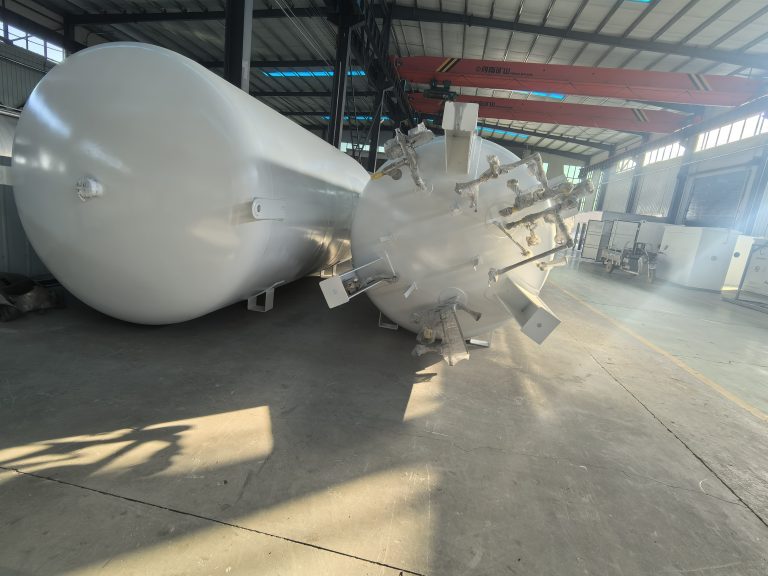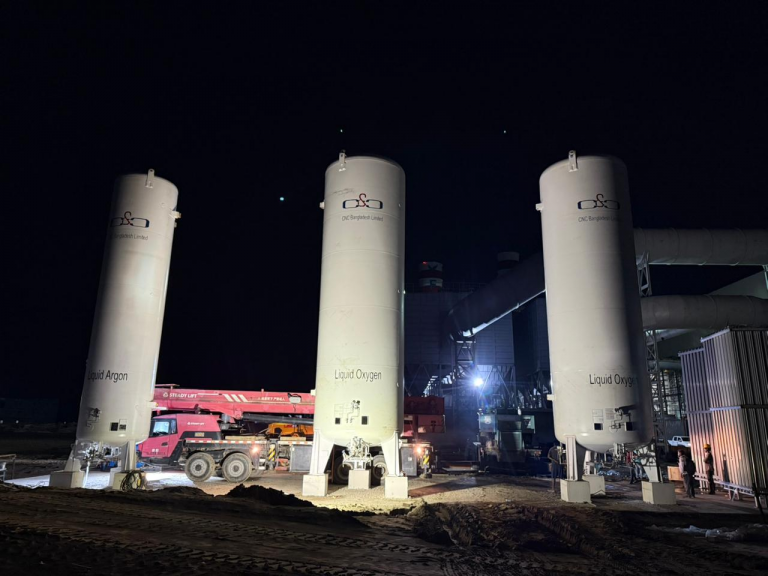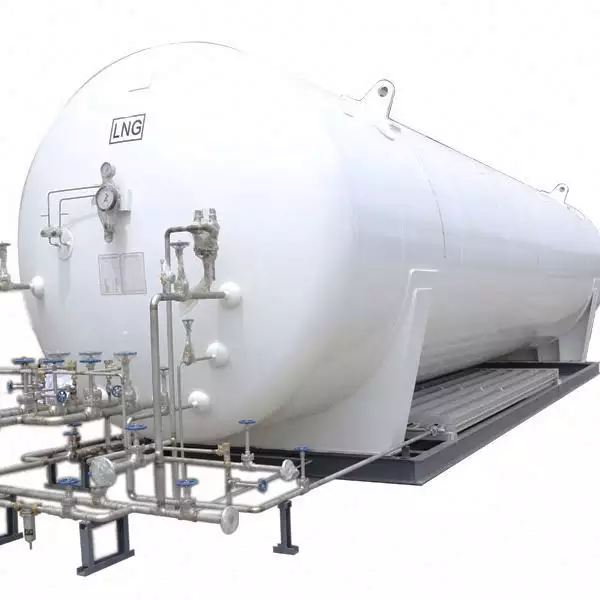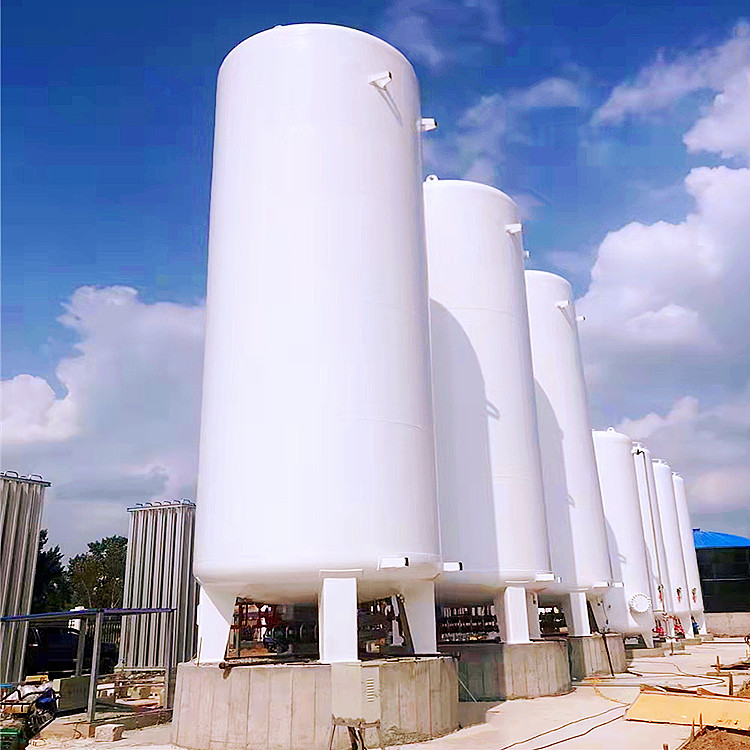During the normal production process of LNG storage tanks, the primary control is the process parameters such as liquid level, pressure and temperature. Through the computer control system, the process parameters are monitored in the control room to see if they are within a reasonable range. The liquid level of LNG storage tanks is the primary parameter controlled in LNG plants. Both the injection of LNG into storage tanks and the external transportation of LNG by loading pumps can cause changes in the liquid level of the storage tanks. LNG storage tanks will generate BoilOffGas (BOG), which is recovered by a compressor to control the pressure in the storage tank. Temperature parameters belong to the auxiliary parameters of LNG storage tanks and are mainly used to assist in analyzing the LNG evaporation volume and leakage conditions of the storage tanks. All the above parameters should be controlled within a reasonable range. When they exceed the control range, corresponding maintenance measures should be taken to prevent the parameters from continuously exceeding the alarm range and causing accidents.
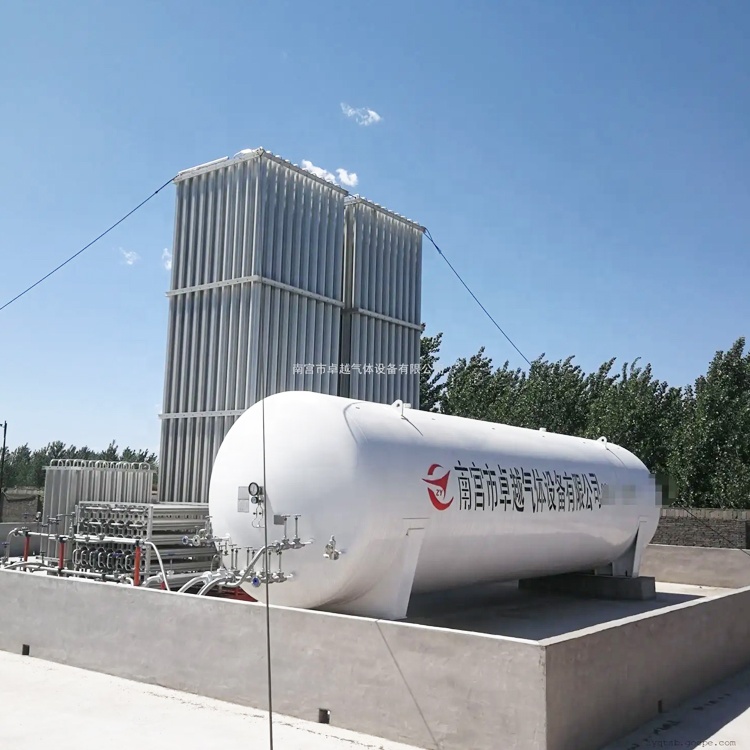
LNG storage tanks are generally equipped with the following maintenance systems:
1.Liquid level maintenance system
It is used for operators to monitor the liquid level of LNG storage tanks, promptly understand the liquid level height of the storage tanks and calculate the LNG storage volume, to prevent liquid overflow from the tanks and the LNG loading pump from running dry.
2.Pressure maintenance system
The design pressure of LNG storage tanks is generally -0.6 to 14kPa(some tanks have a design pressure of up to 20kPa). If BOG gas cannot be discharged in time, the storage tank may be overpressurized. Conversely, if the compressor’s air extraction volume is too large, it will cause negative pressure in the storage tank. Whether it is overpressure or negative pressure, it will pose a serious threat to the storage tank and even cause risks such as explosion. Therefore, a pressure maintenance system must be set up.
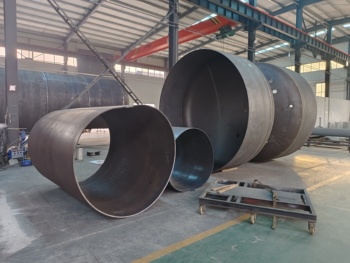
3.LNG storage tank leakage alarm system
Evenly distributed multi-point thermometers should be set up in the circular area at the bottom of the mezzanine, the inner wall of the outer tank, the ceiling space at the top, etc. This will enable timely alarms and corresponding measures to be taken when LNG leaks from the inner tank.
4.Additionally
a combustible gas leakage detection and flame detection alarm system as well as an automatic fire fighting and extinguishing system should also be installed.



